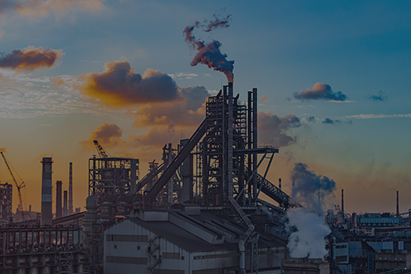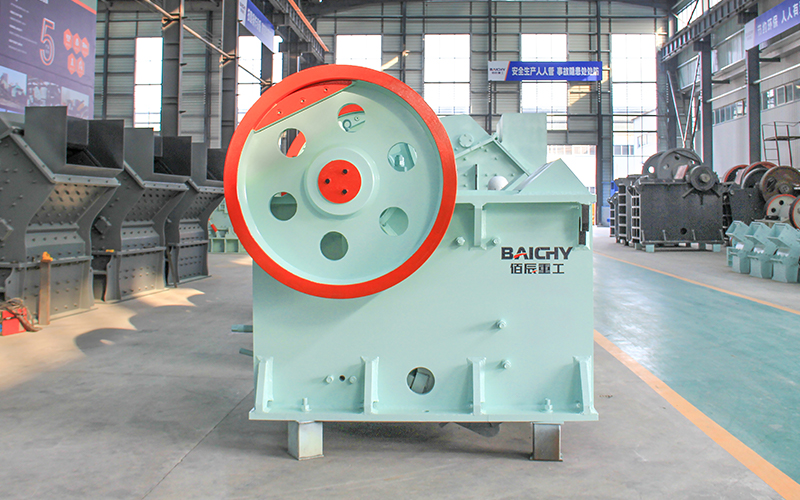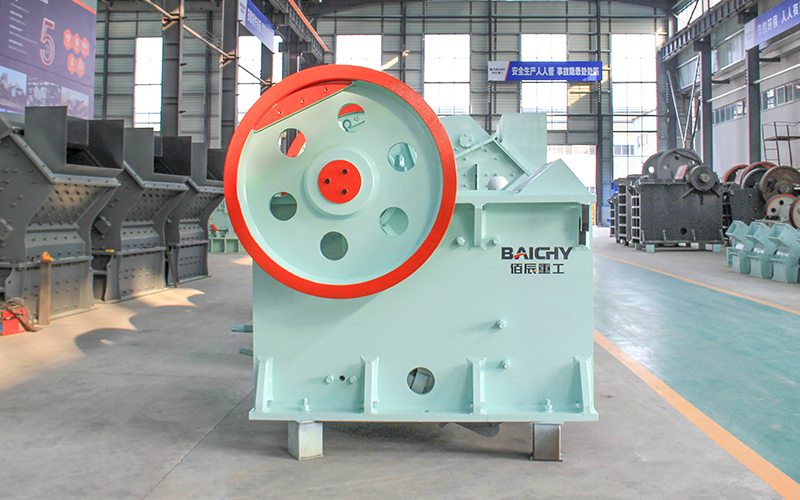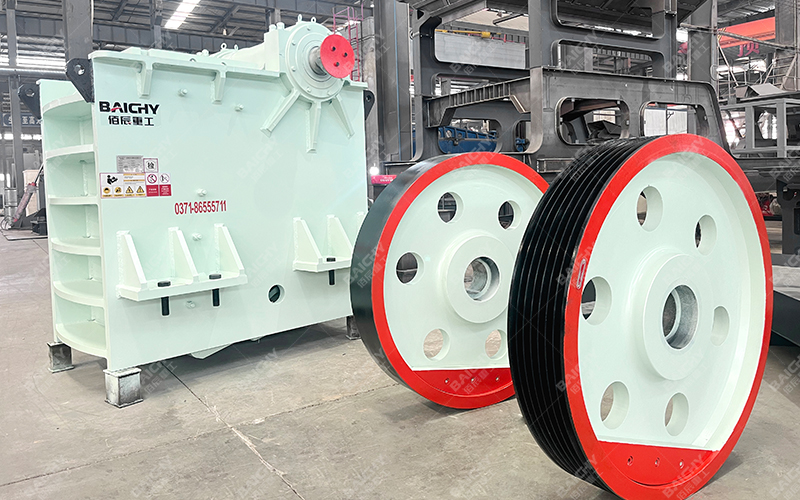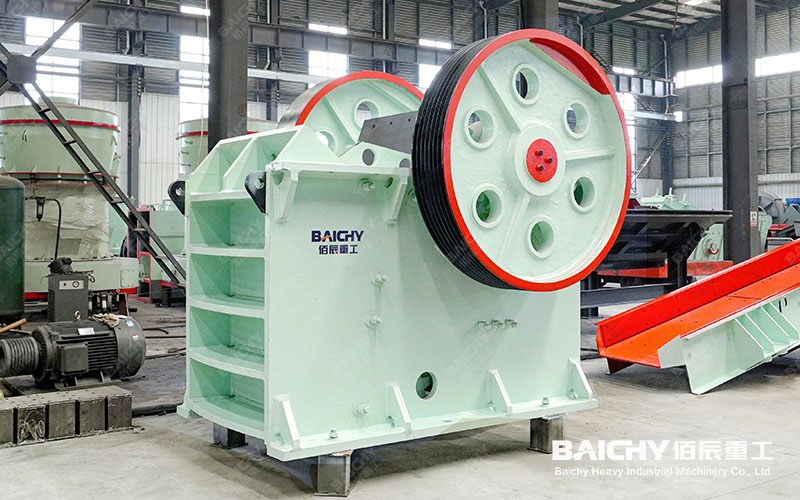Cone crusher is one of the indispensable pieces of equipment in crushing, sand making, and other production lines. It is often used to process materials with high hardness and used as medium and fine crushing equipment. The equipment adopts a hydraulic system with excellent performance and a high degree of intelligent operation, reducing dependence on manual labor. However, some failures will inevitably occur in production. Here we will introduce the reasons for the damage to the hydraulic system of the machine.

Generally speaking, there are two main reasons for the damage to the hydraulic system of the cone crusher, one is the oil temperature is too high, and the other is the air entering. The reasons for these two aspects are as follows:
1. Reasons for high oil temperature
If in the stage of equipment production or parameter setting, the following situations occur: unreasonable hydraulic system setting; improper selection of oil products; impurities and dirt entering the mailbox; oil level is too low; oil filter is blocked; parts are seriously worn; If the ambient temperature is too high, it will cause the phenomenon of excessive oil temperature, which will cause certain damage to the hydraulic system;
2, the reason for the entry of air
If the cone crusher is in use, the phenomenon of air entering, then the volume of air entering the oil changes with the system pressure and the temperature of the crusher, and the phenomenon of "emulsification" occurs, which hinders the movement of the liquid flow. The performance of these phenomena in production is that the crushing operation suddenly stops and moves, the speed is slow, and the power is insufficient;

In order to ensure the smooth working process of the cone crusher and reduce the damage to the hydraulic system, it is necessary to solve the above reasons and reduce the damage to the hydraulic system. The specific operation is mainly to prevent the phenomenon of excessive oil temperature and prevent air The specific preventive measures are as follows:
1. Prevent oil temperature from being too high
Choose the right hydraulic oil: For example, you can choose anti-wear hydraulic oil with good performance if you need to run for a long time and under a high load. In addition, the hydraulic medium should be replaced periodically, preferably once a year or so. When the cone crusher is in use, its oil pump should be filled with oil, which can not only prevent air from entering but also avoid the oil temperature from rising due to lack of lubrication. Then replace the filter element regularly to keep it clean and smooth. Also, ensure that the system pressure does not exceed the rated pressure and maintain good ventilation.
2. Prevent air from entering
To prevent air from entering the hydraulic system, the following aspects must be done: The cone crusher prevents the oil return pipe from bringing in perspective when returning oil and does not expose the oil return pipe to the surface of the oil tank. In addition, the oil suction pipeline of the equipment and the seal of the drive shaft end of the pump should be lower than the atmospheric pressure, and the crusher should be careful not to leak air. If air enters the hydraulic system inadvertently during the production process of the equipment, it is necessary to find out the air leakage in time and remove it, and remove the air entering the system. If new oil needs to be added when the equipment is in use, after adding new oil, the crusher should continuously operate the working device to lift, lower, and turn over, so as to remove the air in the system.

Introduced above are the two primary reasons for the damage to the hydraulic system of the cone crusher, and the preventive measures for these two reasons. Only by doing well in these aspects can the performance of the hydraulic system be ensured smoothly and the production can be carried out smoothly. Of course, in the process of using the cone crusher, the later maintenance and maintenance of the equipment is also very important, which has an important impact on the performance and service life of the equipment.



